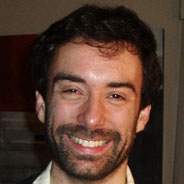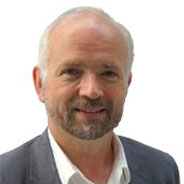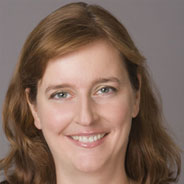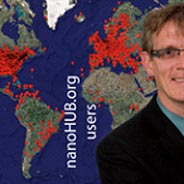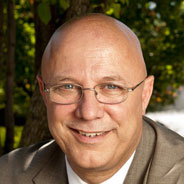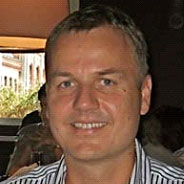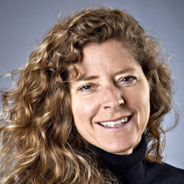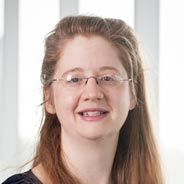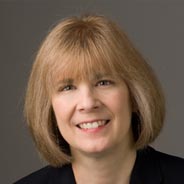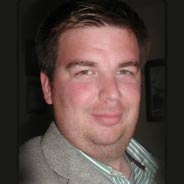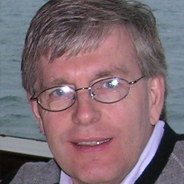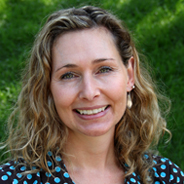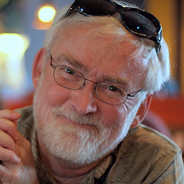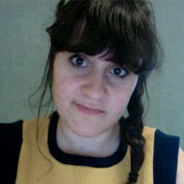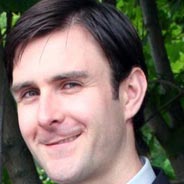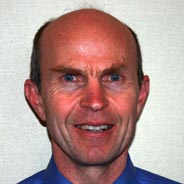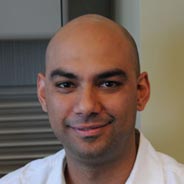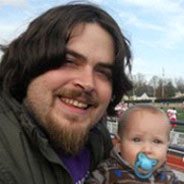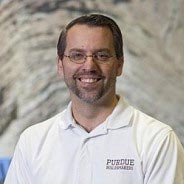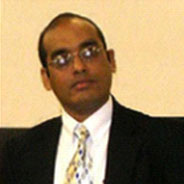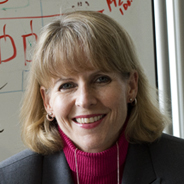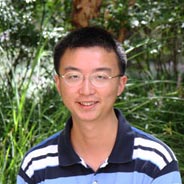George Howlett
Introducing the Rappture Toolkit
Monday, September 24, 2012
Abstract
Rappture is the Rapid APPlication infrastrucTURE, a toolkit within the HUBzero platform that makes it easy to develop a graphical user interface for scientific modeling tools. Once you describe the input/output for your simulator, Rappture handles the rest, generating a graphical interface automatically based on your description. Within your code, you access the input values and save resulting output values by using the Rappture application programming interface, which has bindings for a variety of languages, including C/C++, Fortran, MATLAB, Octave, Python, Perl, Java, Ruby, and Tcl. You can embed the Rappture calls within your tool, or create a wrapper script that wraps around your tool, leaving it untouched. Either way, users will see a simple, graphical interface where they can enter input values, press the "Simulate" button, and visualize the outputs as line graphs, contour plots, 3D isosurfaces, molecules, and more. They can run your tool again and again, and explore your model within a large parameter space. The resulting application is easy to deploy on any HUBzero-powered site, so a large community of users can access it through their web browser.
This talk provides an overview of Rappture and shows how to create tools in minutes by using the new Rappture builder.
What is under the hood?
Monday, September 24, 2012
Abstract
Rappture is the Rapid APPlication infrastrucTURE, a toolkit within the HUBzero platform that makes it easy to develop graphical user interfaces for scientific modeling tools.
This talk picks up where Introducing the Rappture Toolkit left off, showing how Rappture invokes your tool, passes in input values, and extracts output results. It takes a close look at the XML language that Rappture uses to describe your tool.
More Rappture objects
Monday, September 24, 2012
Abstract
Rappture is the Rapid APPlication infrastrucTURE, a toolkit within the HUBzero platform that makes it easy to develop a graphical user interface for scientific modeling tools.
This talk picks up where Introducing the Rappture Toolkit and What's Under the Hood? left off, showing how to create more complex arrangements of controls. Use the group object to group related input elements. Use the phase object to create separate panels of controls. Use the enabled tag to enable/disable one control based on the value of another. Use the note object to add documentation to your tool.
Advanced Visualization
Monday, September 24, 2012
Abstract
Rappture is the Rapid APPlication infrastrucTURE, a toolkit within the HUBzero platform that makes it easy to develop a graphical user interface for scientific modeling tools.
This talk shows how to generate complex outputs and leverage Rappture's built-in visualization capabilities. Use mesh and field objects to create contour plots and surface plots. Use the structure object to represent molecules. Use the sequence to group images, plots, and molecules into animated sequences.
Uploading and publishing new tools
Tuesday, September 25, 2012
Abstract
HUBzero lets you access simulation tools online via an ordinary web browser. Where do the tools come from? From you--hundreds of you throughout the world who are developing simulation and modeling tools for your hub. Anyone can upload their own code onto a hub and publish a tool for a limited group of colleagues or for the entire world to use. The code can be kept protected or given out as open source.
This tutorial shows you exactly how to do that, starting with the tool registration form, taking you through the process of uploading code into a Subversion repository, developing and testing your code within a workspace, and finally, approving and publishing your tool. This is a good starting point for all new tool developers, to help them understand the overall process.
Regression Testing
Tuesday, September 25, 2012
Abstract
Rappture is the Rapid APPlication infrastrucTURE, a toolkit within the HUBzero platform that makes it easy to develop a graphical user interface for scientific modeling tools.
This talk describes the new Rappture Regression Tester tool, which executes a series of tests that you define to verify the correct operation of your tool. Use this tool as you fix bugs and introduce new features, to make sure that your tool continues to function correctly in all cases. Where discrepancies are found, this tool will flag the differences and help you understand whether your tool is broken or the new behavior is correct.
